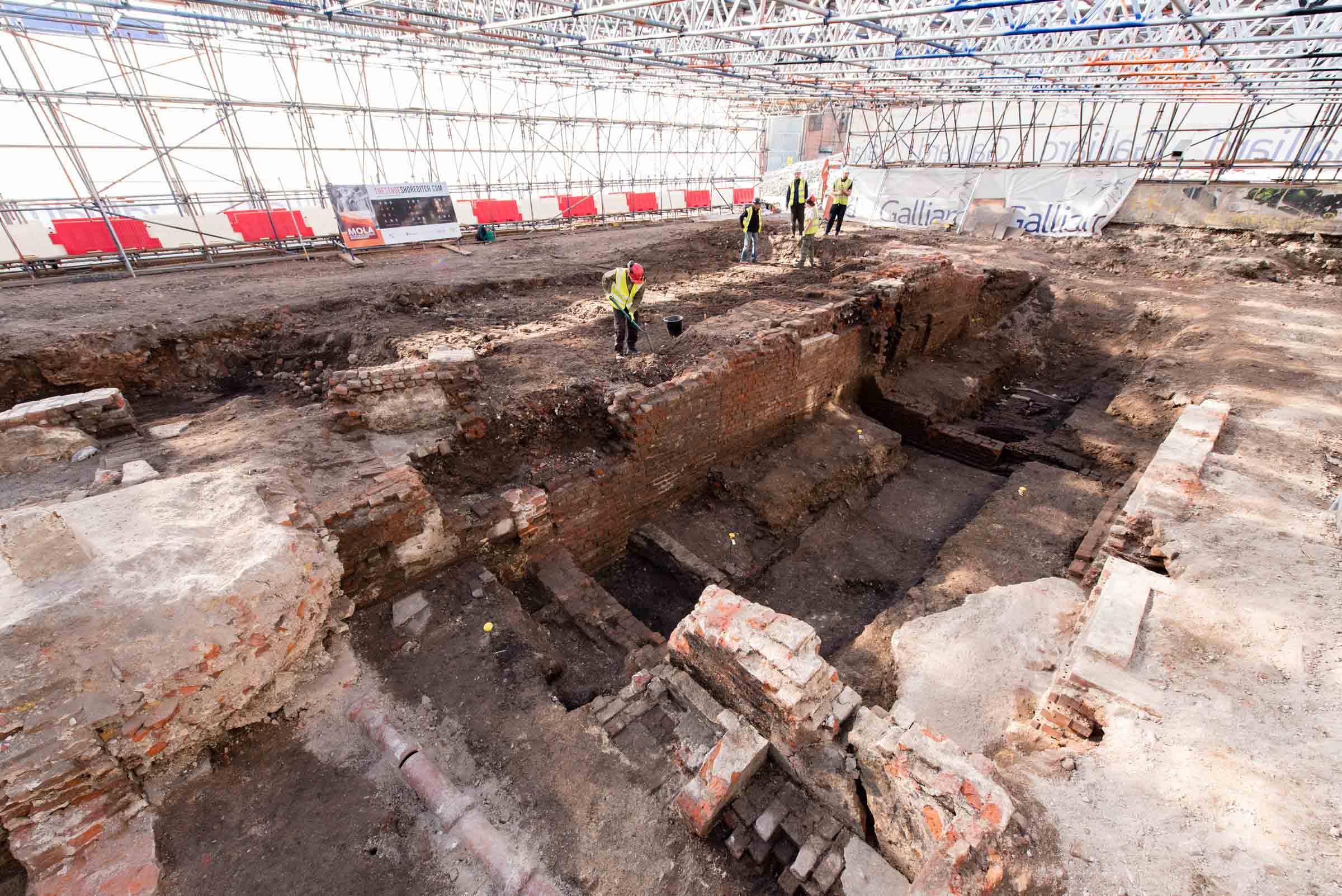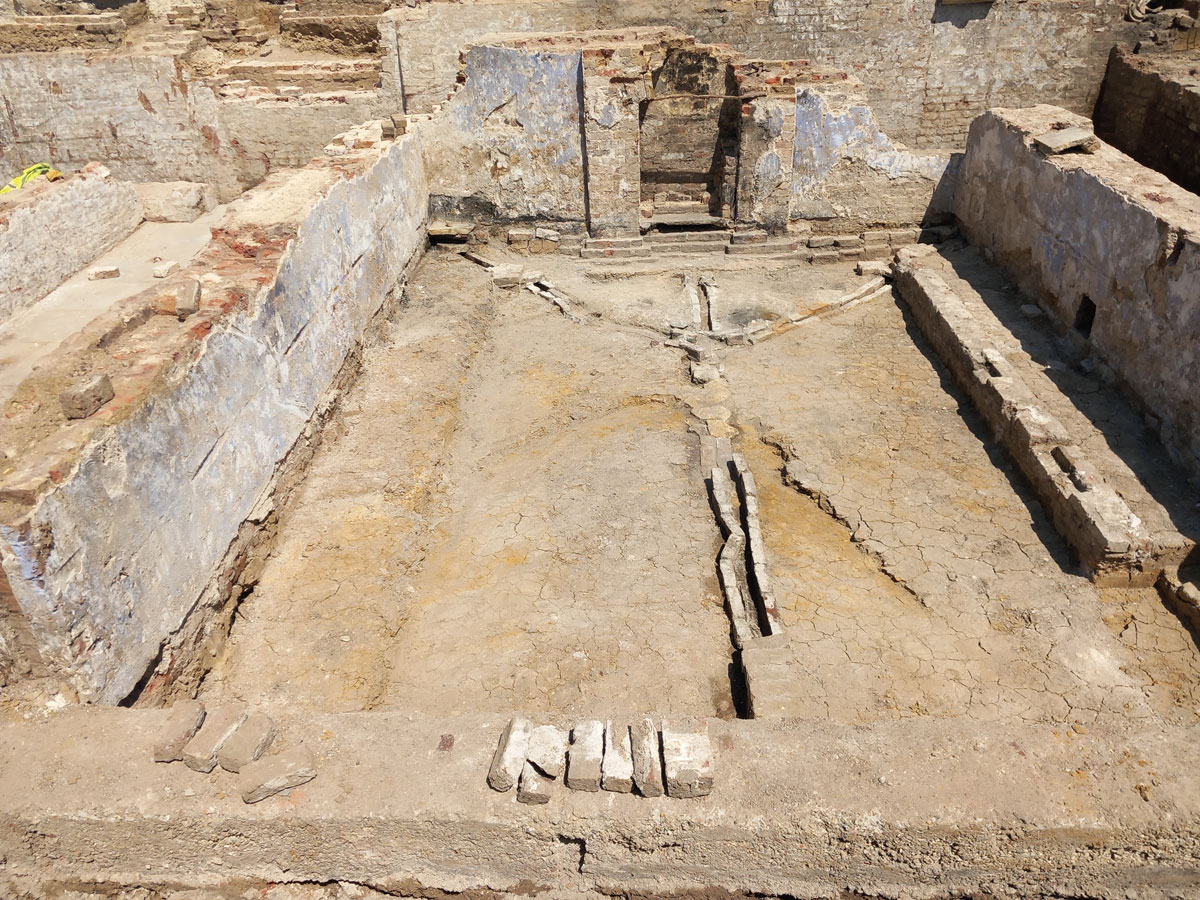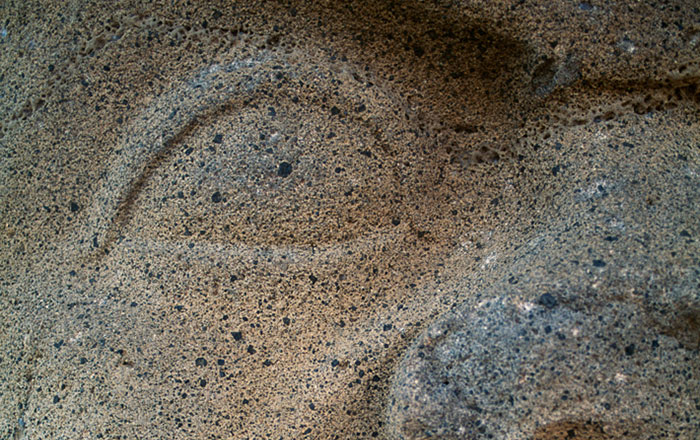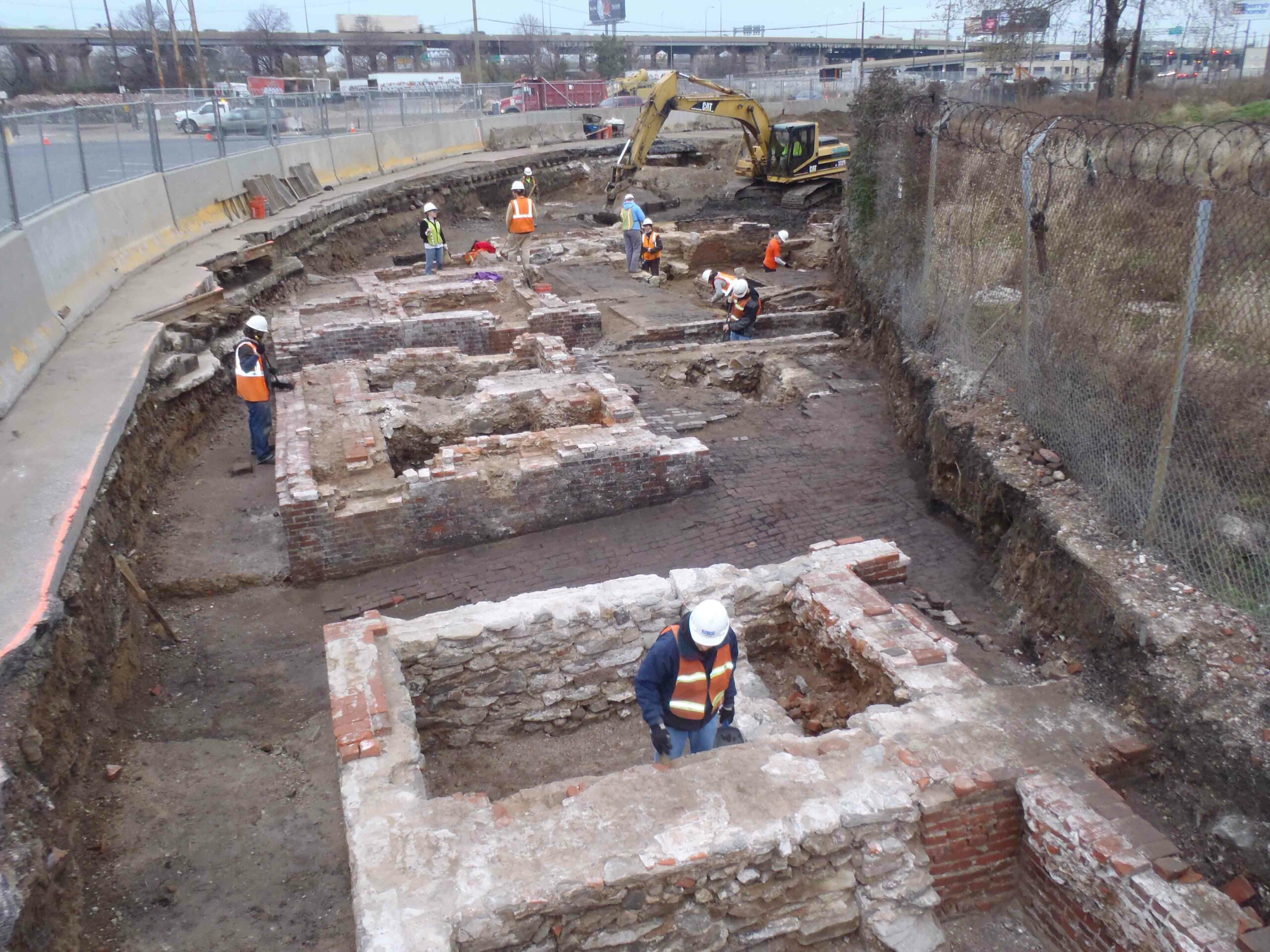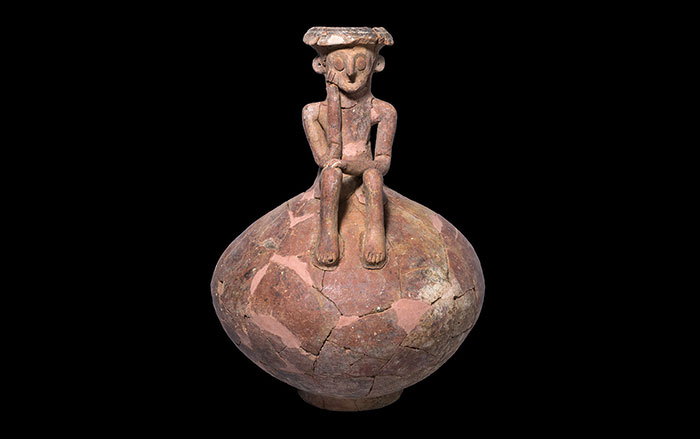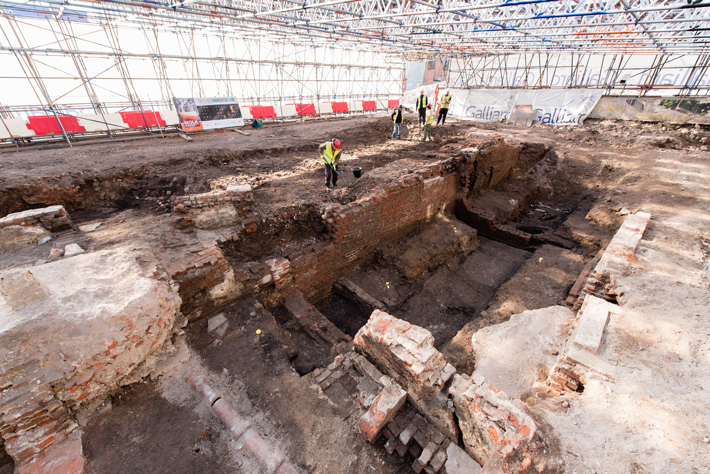
One of London’s earliest Elizabethan theaters has surprised archaeologists and Shakespearean scholars alike with its rectangular-shaped stage, a unique departure from the polygonal style of more famous playhouses such as the Globe. Researchers from Museum of London Archaeology (MOLA) made the discovery while excavating the Curtain Theatre in Shoreditch, East London, on a site set to house a commercial and residential complex, where the theater’s remains will be preserved in situ.
The Curtain, which opened in 1577 and served as the main venue for Shakespeare’s plays from 1597 to 1599, was only the second theater in London built specifically to host performances. Previously, plays had been performed in public houses, inn yards, patrons’ private residences, and even open spaces. MOLA’s excavation shows that the Curtain featured a hidden passageway under the stage where actors could move undetected. Its distinctive architecture has prompted speculation about the Bard’s work from that period. “So many big research questions emerge,” says Heather Knight, MOLA senior archaeologist. “Are people like Shakespeare and his contemporaries writing plays specifically for this kind of stage? Does it lend itself to battle scenes, does it lend itself to having more people on stage, does it affect how they interact?”
Enthusiasm for the Curtain Theatre discovery is sure to cross disciplines too. “Many think of Shakespeare’s era as ‘wrapped up,’ with few new insights likely to change the way we think about Shakespeare the playwright or his plays,” adds author and Shakespeare authority Leslie Dunton-Downer. “The recent archaeological work in Shoreditch demonstrates that plenty remains to be discovered about the Bard and how his plays were performed and attended.”
In addition to the secret tunnel feature, the excavation also produced dramaturgical artifacts such as glass beads and pins—perhaps from costumes—as well as fragments of drinking vessels and clay pipes likely belonging to revelers in the audience and backstage.


